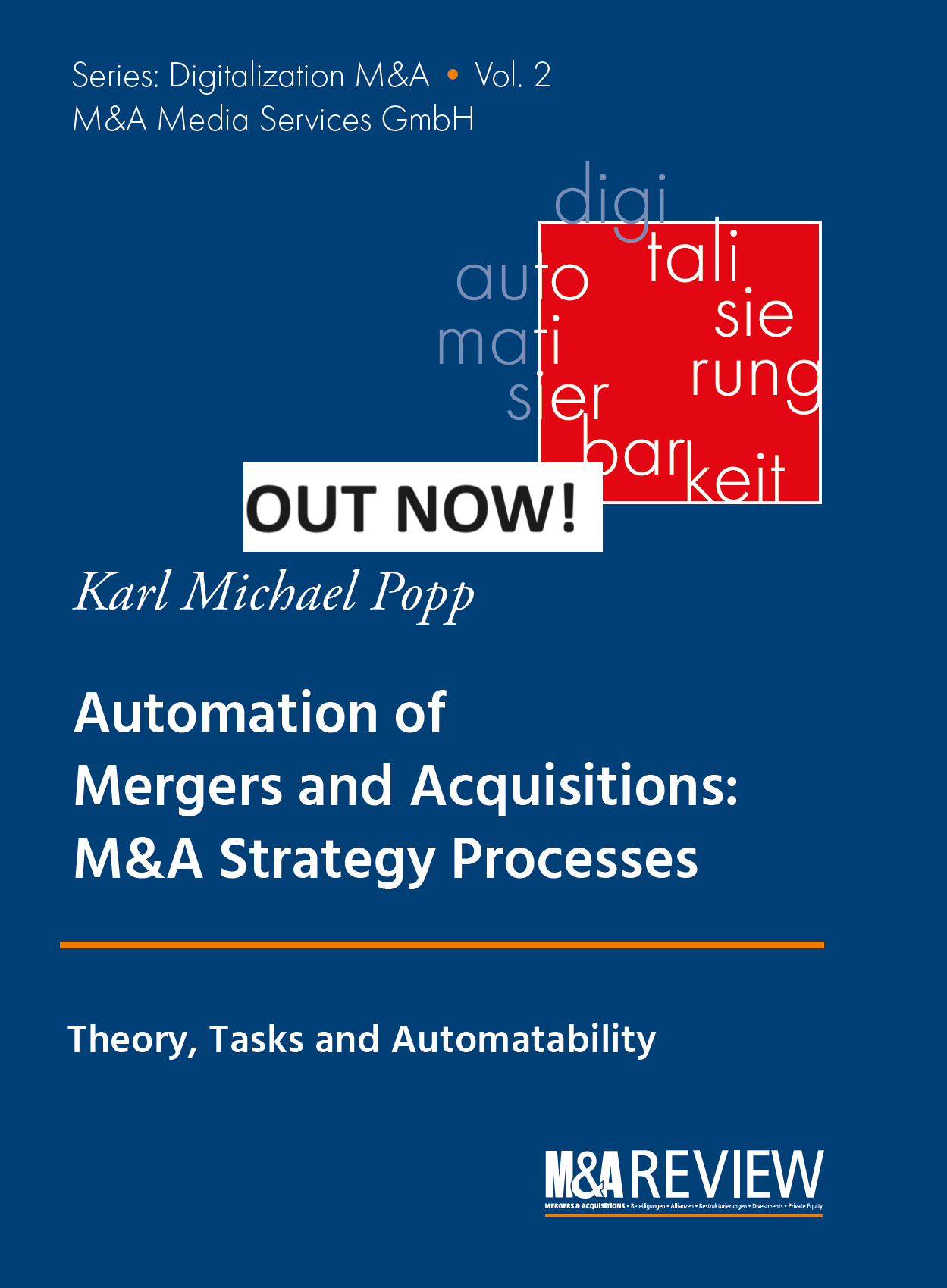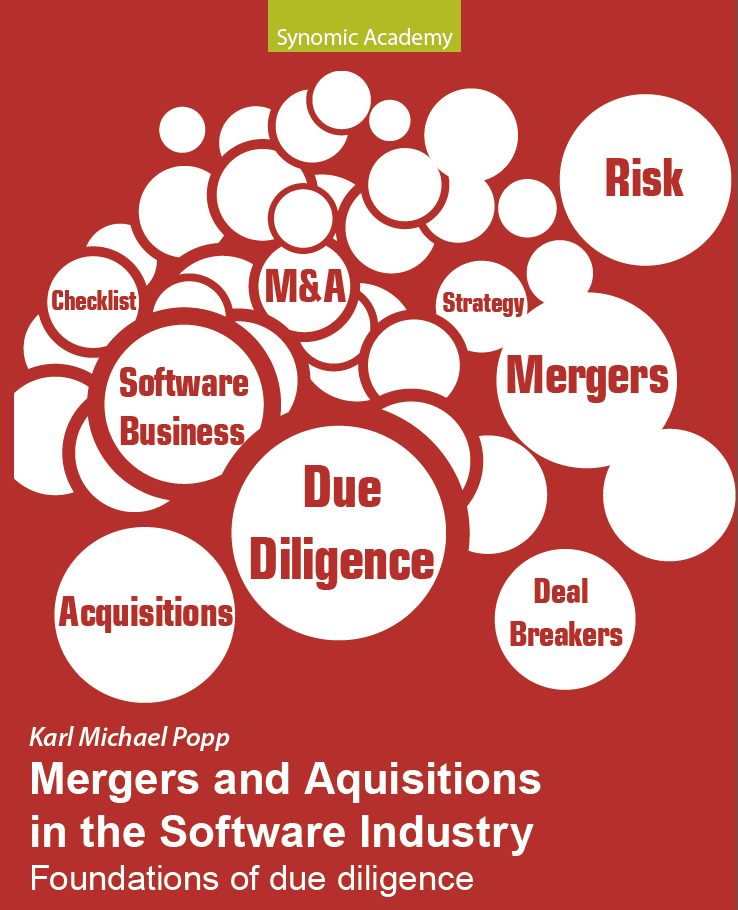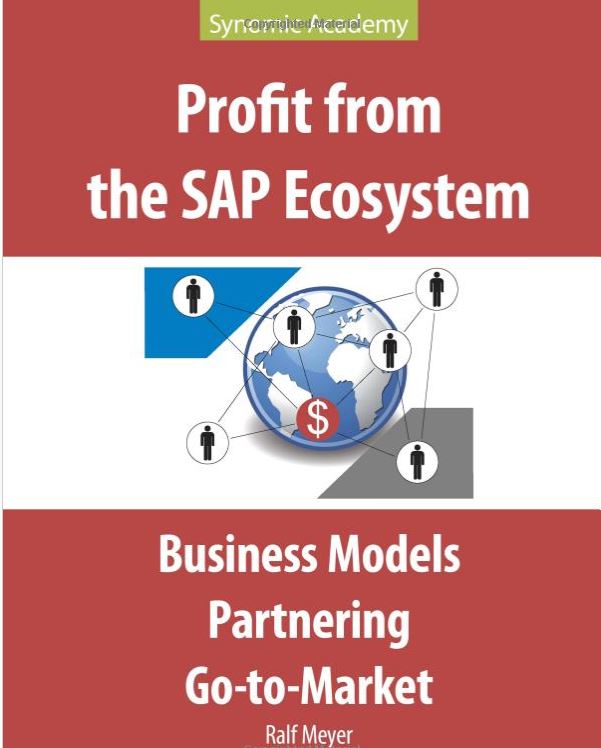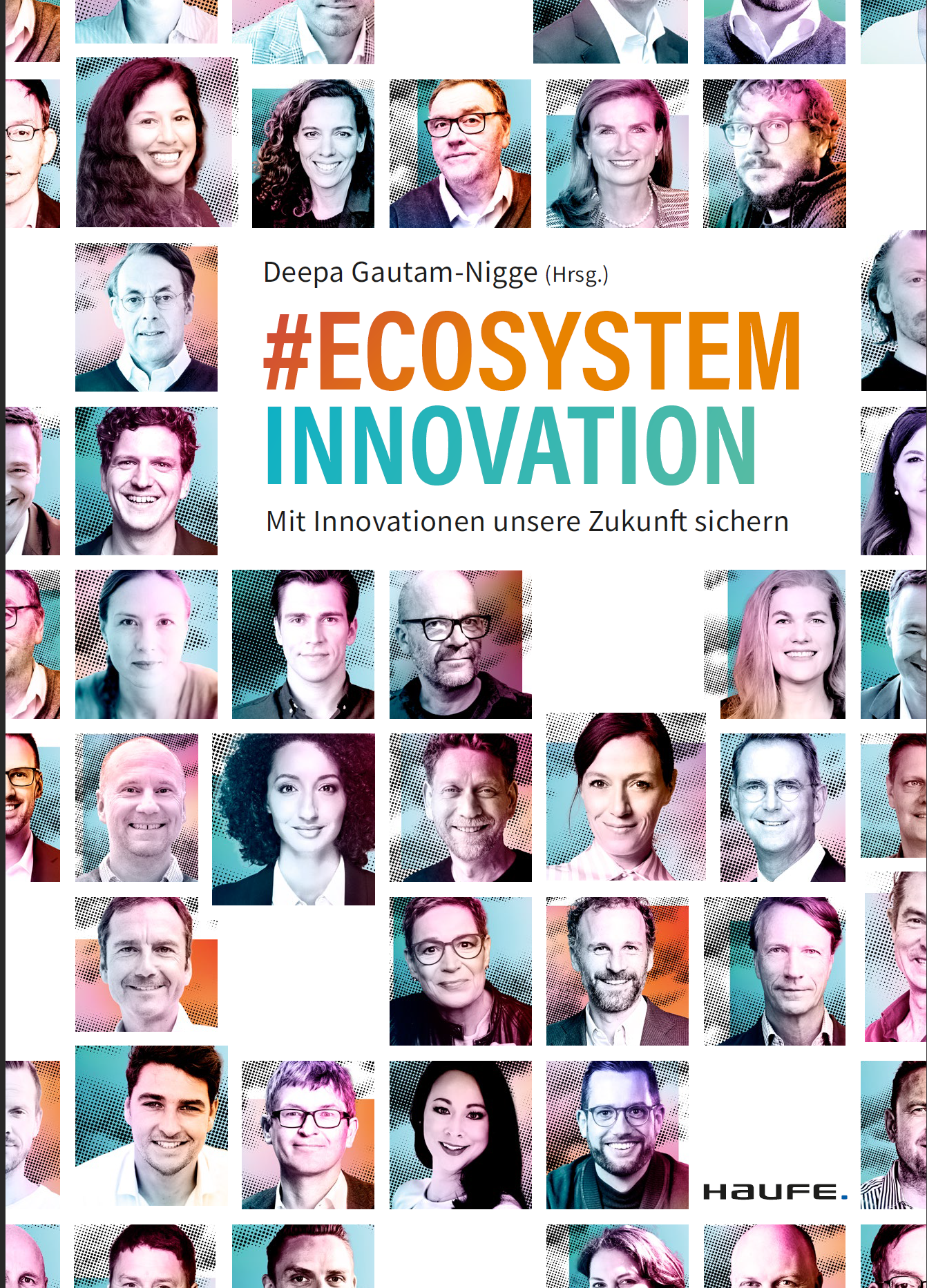Joint business design freeze in merger integration: Full Spec
This blog is in the Top 25 M&A blogs worldwide according to Feedspot
In order to reach the highest level of automation, we must define exaxt specifications for each task. So, here is an example for the task “Joint business design freeze”.
Task Joint Business Design Freeze
Task description
Joint business design freeze in the context of merger integration planning encompasses a range of synchronized activities designed to proficiently integrate the operations, cultural frameworks, and systems of the entities involved in the merger. The joint business design is reviewed and finalized for execution. Integrated design, conceptualized as a collaborative problem-solving endeavor, underscores the importance of dynamic synergies among knowledge sources possessing complementary expertise. This methodology fosters concurrent problem-solving and the distribution of tasks, which can culminate in enhanced efficiency and efficacy of integration results. The collaborative problem-solving framework serves to avert expensive redesign cycles by refining designs via collective efforts. This process is essential for facilitating the newly established organization to function effectively and to attain the strategic objectives associated with the merger.
Attributes of the Task
The task is a decision task.
The task problem is structured.
The task has the following goal(s):
r Business plan: checked
r Business plan: approved
The task has the following objectives:
r Integration success: maximized
r Information asymmetry: minimized
The task Joint Business Design Freeze has the following roles assigned:
r Business owner within the buyer company
r M&A Lead of the buyer
r Post-Merger integration lead of the buyer
r Business owner within the target company
r M&A Lead of the target
r Post-Merger integration lead of the target
The task consists of the following actions
r Plan for using the combined purchasing power is not automated.
r Plan for using the combined sales power is automated by 1 tool(s).
r Optimize distribution channels is automated by 1 tool(s).
r Optimize suppliers and supply chains is automated by 1 tool(s).
The task works on the following data object types, among others:
Business Case, Business model complementarity, Business model difference, Business model synergy, Business plan, Buyer business, Buyer business model, Channel of the buyer, GTM model of the buyer, Partner of the buyer, Supplier of the buyer, Integration budget, Integration project, Integration project plan, Integration plan, NewCo business, NewCo business model, Channel of NewCo, GTM model of NewCo, Operations of NewCo GTM activities, Risk of NewCo Go-To-Market, NewCo operations model, Partner of NewCo, Supplier of NewCo, Supplier relationship of NewCo, Supplier relationship, Target business, Target business model, Channel of the target, GTM model of the target, Operations of the target GTM activities, Target go-to-market risk, Target operations model, Partner of the target, Partnering models of the target.
Questions to be used during the execution of the task
The task is executed with the following questions, among others:
r What are the strategic objectives of the merger?
r How will the merger affect our current business model?
r Are there cultural differences that need to be addressed?
r What is the timeline for the design freeze?
r Who are the key stakeholders involved in the design phase?
r How will this integration impact our customers?
r What systems need to be harmonized during the integration?
r What is the communication plan during the freeze?
r What risks are associated with the design freeze and how can they be mitigated?
r How will we measure the success of the integration?
r What are the cost implications of the integration?
r How will we manage personnel changes during the integration?
r What compliance issues need to be addressed?
r Are there any intellectual property considerations?
r How will the merged entity combine its product lines?
r What are the potential operational disruptions?
r How will the integration affect our competitive position?
r What training is required for employees?
r How will the integration impact existing partnerships or alliances?
r Are there any cultural or operational differences between the buyer and target companies that will need to be addressed?
r Are there any existing channel or GTM (Go-To-Market) models that will need to be integrated?
r Are there any existing processes or systems that will need to be integrated, such as ERP or CRM systems?
r Are there any opportunities for cost savings or process improvements through automation of sales and distribution processes?
r Are there any opportunities for cost savings or process improvements through outsourcing or offshoring?
r Are there any opportunities for cost savings or process improvements through automation of procurement processes?
r Are there any opportunities for innovation or growth through strategic partnerships with suppliers or partners?
r Are there any regulatory or compliance requirements that will need to be addressed in the integration process?
r Are there any remaining roadblocks or open issues that need to be addressed?
r Are there any risk mitigation strategies that need to be considered for NewCo s Go-To-Market activities?
r Are there any specific integration budget or project plan constraints that must be considered?
r Have all necessary business plans and approvals been finalized, including NewCo s business plan?
r Have all relevant stakeholders reviewed and approved the integrated design?
r How can we ensure that the combined company s financial reporting is accurate and transparent?
r How can we ensure that the combined company s organizational structure is efficient and effective?
r How can we ensure that the combined company s supply chain is optimized for efficiency and cost savings?
r How can we ensure that the NewCo s go-to-market strategy is aligned with its overall business strategy?
r How can we identify and prioritize potential synergies between the buyer s and target s business models?
r How can we leverage combined purchasing power to achieve cost savings or efficiency gains?
r How can we optimize NewCo s distribution channels to reduce costs and improve efficiency?
r How can we optimize NewCo s procurement processes to reduce costs and improve efficiency?
r How do the business models differ, and what synergies can be exploited?
r How will we ensure that the Joint Business Design Freeze is executed successfully, with minimal information asymmetry?
r What are the key business models involved in the merger (buyer and target)?
r What are the key characteristics of the buyer s and target s customer bases, and how can we leverage these similarities and differences?
r What are the key characteristics of the buyer s and target s financial performance, and how can we leverage these similarities and differences?
r What are the key performance indicators (KPIs) for measuring integration success?
r What are the key performance indicators (KPIs) for measuring the success of NewCo s go-to-market strategy?
r What are the key risk factors associated with integrating the buyer s and target s go-to-market strategies, and how can we mitigate these risks?
r What are the key risk factors associated with integrating the buyer s and target s supply chains, and how can we mitigate these risks?
r What are the key stakeholders expectations for NewCo s financial performance, and how can we ensure that they are met?
r What are the key stakeholders preferences for NewCo s organizational structure and management style?
r Which suppliers and supply chains will need to be optimized?
r Which tools will be used to optimize suppliers and supply chains, and how will they be integrated?
Like my thoughts? READ MY NEW BOOK
ORDER AT AMAZON
ORDER IN GERMANY









